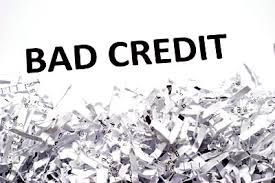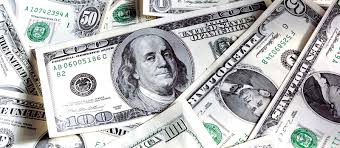Whether applying for a credit card or looking for a credit card debt calculator, you may want to understand the finer points of how credit cards work.

While credit cards might have their benefits, you could end up with a ton of credit card debt if you don’t know how they work. Here are a few things to know about credit cards to help you get started on the right foot or refresh your credit card strategy.
What Is Credit?
It helps to understand the “credit” part of the credit card. Essentially, it’s an agreement between a lender and a borrower. In the case of credit cards, the issuer provides funds based on the contractual promise you’ll pay this credit back at some point.
Credit can also refer to your overall financial trustworthiness (expressed usually as “good” or “bad” credit). This credit worthiness is displayed in a credit score. Credit score factors can include your payment history and total debt, along with other aspects of your financial history.
How Are Credit Cards and Debit Cards Different?
While you can swipe both at checkout, the difference between debit and credit cards is in how you pay.
When you swipe your credit card, you’re using part of your credit line, and you’ll pay the amount later once your statement arrives. On the other hand, using a debit card immediately pulls funds from your bank account at the time of sale. It’s similar to paying with cash since the funds come from your checking account.
What Is a Credit Limit?
Credit limit is the total amount you can bill to the card. For example, if your credit limit is $3,000, you can only charge up to a max of $3,000 to the account, assuming you have a balance of $0. Once you hit the limit, the card will be declined until you start paying down your balance.
Some cards may let you exceed the limit but may raise your APR. You may be able to apply for a credit line increase as well if your financial situation has recently changed or if you have a good history with the credit card issuer.
Credit Balances and Minimum Monthly Payments
How much you have spent on a card is represented as the balance. It can change over time based on your payments and spending habits.
Your minimum monthly payment is as it sounds: the minimum amount you must pay back to the credit card company. This amount varies depending on your balance and the issuer’s policies. While you can continue making minimum monthly payments, it may take you longer to achieve credit card debt payoff. That’s why many experts may recommend paying off your balance every month if possible or paying more to help accelerate the repayment process.
APR, Interest, and Fees
Your interest rate is the percentage charged on the balance and added to your bill. Annual percentage rate (APR) includes the interest rate and any other fees.
What is a good APR for a credit card? That’s subjective and depends on your credit score. If your card has a 25% APR, one with 20% doesn’t look so bad. On the other hand, someone with 15% might see the 20% card as a bad deal. It all depends on your situation. However, if you pay your balance in full monthly, you can avoid interest and APR charges altogether.
About Tally
Tally wants to help you worry less about credit card debt. That way, you can get you back to focusing on the things that really matter. A Tally line of credit can help with credit card debt and help you achieve credit card payoff. The app also offers other resources, such as a credit card interest calculator. You can also learn more about how credit cards work and other aspects of financial health through the Tally blog. It takes only a few minutes to get started and check your eligibility. See how Tally can help today!
Learn more about credit cards and getting out of credit card debt at www.meettally.com
Disclosures: Lines of credit issued by Cross River Bank, Member FDIC, or by Tally Technologies, Inc. (“Tally”), NMLS #1492782 (http://nmlsconsumeraccess.org); see your line of credit agreement. Lines of credit not available in all states.
†To get the benefits of a Tally line of credit, you must qualify for and accept a Tally line of credit. Based on your credit history, the APR (which is the same as your interest rate) will be between 7.90% – 29.99% per year. The APR will vary with the market based on the Prime Rate. Annual fees range from $0 – $300.




Leave a Reply